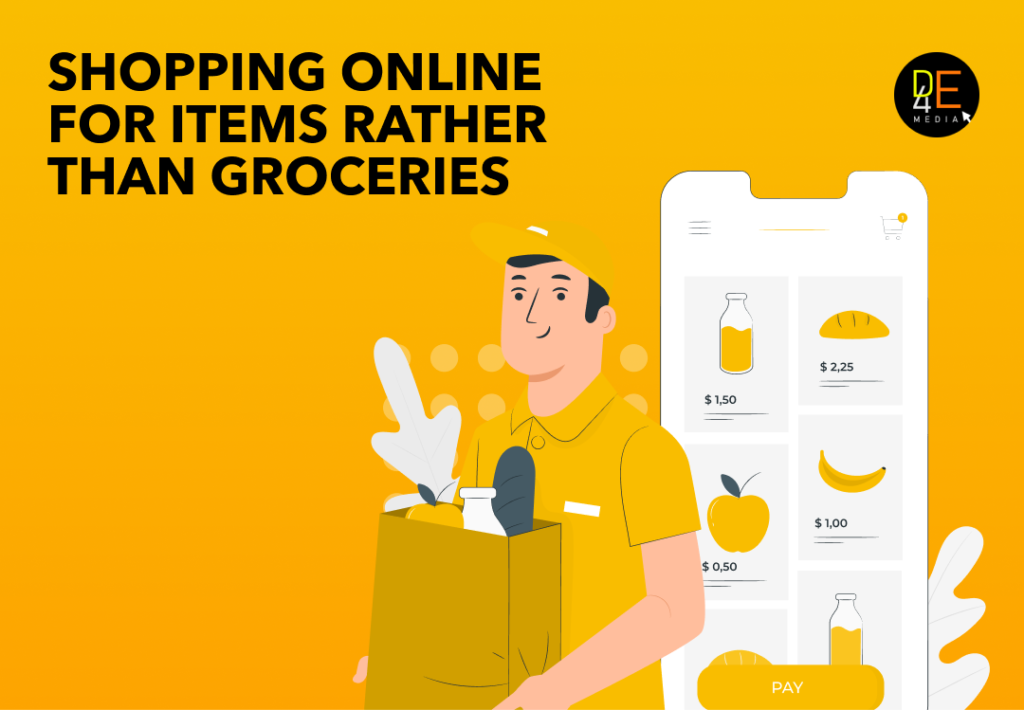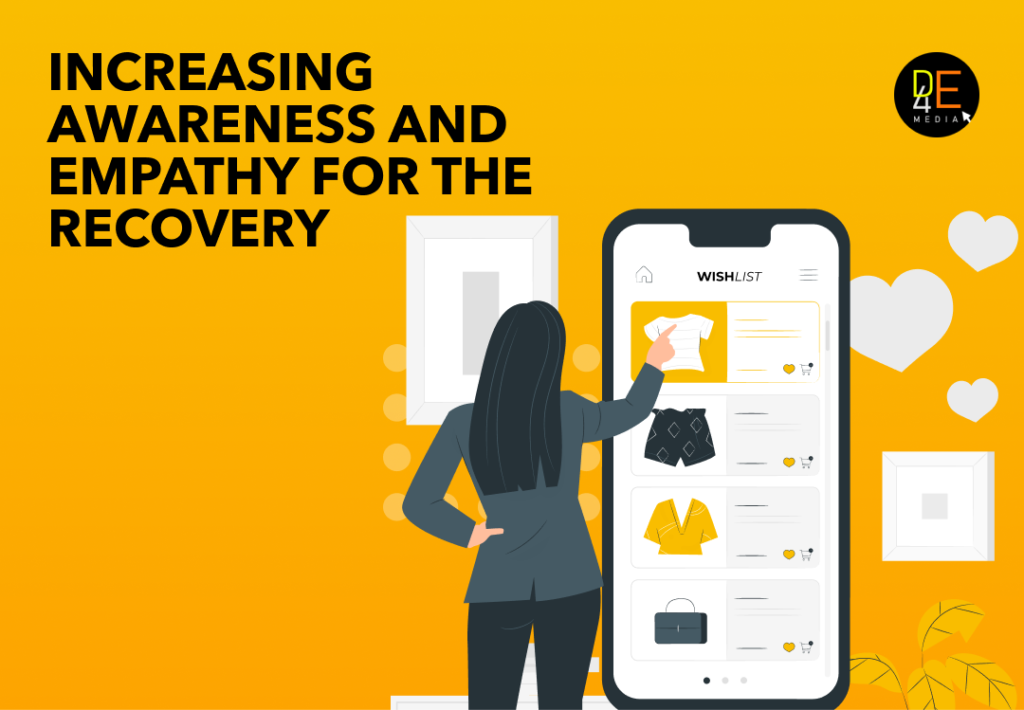
Post-pandemic: nearly 90% of consumers have changed their behavior
The pandemic created an inflection point. This caused people to reconsider their priorities and needs, as well as to purchase goods and absorb information and entertainment in different manners.
To avoid verbosity we will go straight to solutions that have changed consumer behaviors. From there you will save time to understand the contexts that are happening by integrating directly into the solution as follows:
Shopping online for items rather than groceries
More people than ever before are shopping online. In Asian countries, 34% of users who bought apparel online for the first time did so in 2020, and 94% of modern digital service users intend to continue using the service after the pandemic. Participants in the survey stated that shopping online is convenient, time-saving, and cost-effective, and they intend to continue doing so.

Simultaneously, 41% of brand website shoppers said brand websites provide an enjoyable experience, and they are encouraged to use sites that are user friendly and have clear product system requirements that also have pictures or videos.
These behavioral intents can be difficult for brands that do not provide a good online customer experience. Research shows that online shopping preferences responded that they are “time savings” (76%) and “best prices” (65%) as the two biggest benefits of online shopping, and “long delivery times” (55%) and “shipping fees” (57%) as the top two disadvantages.
Brands should develop a closer relationship with their customers in order to improve the online customer experience.
One example is Alibaba’s livestream channel, Taobao Live, which allows brick-and-mortar resellers to communicate directly with customers. It allows customers to shop while watching hosts review and suggest products; the experience is designed to replicate the types of social interactions that people have in physical malls and stores.
Customers want to discover, research, evaluate their options, and make purchases as easy as possible, so brands must fully invest in a balanced digital presence that enhances the online shopping experience.
New skills are being learned online everyday
Following the outbreak of the pandemic, there was a 10% increase in global searches for “how-to,” as people turned to search engines to find ways to improve their skills while spending more time at home.

So, how can brands use education to connect with people more deeply, raise brand awareness, and reach new markets?
COVID-19 had a significant impact on Airbnb’s business, which offered new online experiences for users such as cooking classes with local chefs, history lessons with tour guides, and drawing lessons with artists.
Increasing awareness and empathy for the recovery
Building and maintaining brand saliency is one of the best ways to protect against customer loss and attract new ones during a period of transition.

Brands now have the opportunity to reach new audiences as a result of current demand for new products. However, they will only be able to do so if they are at the forefront of consumers’ minds when they try new brands. Once this need is met and routines resume, brands will no longer have the opportunity to become a part of new habits. Similarly, brands can ensure that they retain customers whose lives have been disrupted by remaining front of mind and being the first brand that is thought of – and searched for – even during a time of flux.
Along with saliency, it is critical that brands appear empathetic and trustworthy during this dilemma. Customers are turning to trusted brands to ultimately led this movement, and in the long run, consumers will remember the brands that they felt held their hands or helped those in need during this time.
COVID-19 is controlling the conversation around the world, generating fear and anxiety to the top of the list as a dominant consumer emotion. More than 90% of consumers are worried about the impact of COVID-19. As a consequence, consumers expect brands to understand their concerns and support them during this difficult time, rather than profit from their anxiety and stress.
Lush, for example, has received positive attention for encouraging customers to come into its stores to wash their hands, as well as supermarket’ willingness to support the elderly by creating separate opening hours.
Conclusion
While we can plan for the aftereffects of COVID-19, it is uncertain what all the ‘new normal’ will be. Millions around the world are currently adjusting to a new world by changing their behavior, routines, and motivations.
It’s been a stop and reset for how we should act and consume in the future. In a time of economic crisis, brands must recognize and adapt in order to protect their market share and capture any opportunity to leverage long-term revenues.

No Comments
Sorry, the comment form is closed at this time.